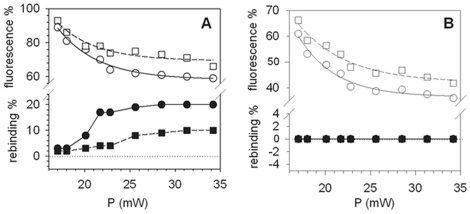Figure 7. Photounbinding using the chemical fluorescence stabilizer ascorbic acid.
A: Remaining CaM-A488 fluorescence (open symbols) and the corresponding rebinding (solid symbols) after two-photon excitation (Ti:Sa laser λexc: 800 nm) with the addition of 8 mM ascorbic acid (squares) and without (circles). Photobleaching (and photounbinding) is partly prevented by the stabilizer as expected. B: Control study with A488 fluorophores directly covalently bound to the SM-PEG8 crosslinker via a tripeptide (H-Gly-Gly-Cys-OH). As expected the Alexa 488 fluorescence was stabilized to a comparable extent in presence of ascorbic acid (squares), however no photounbinding was detected. The two data sets have been fitted with a (2 parameter) single exponential function. Uncertainties for the rebinding fraction and remaining fluorescence fraction due to variablilty in CKII-CaM coatings and alignment of the coverglasses are less than 15% for each data point, whereas those associated with the laser power are negligible.

